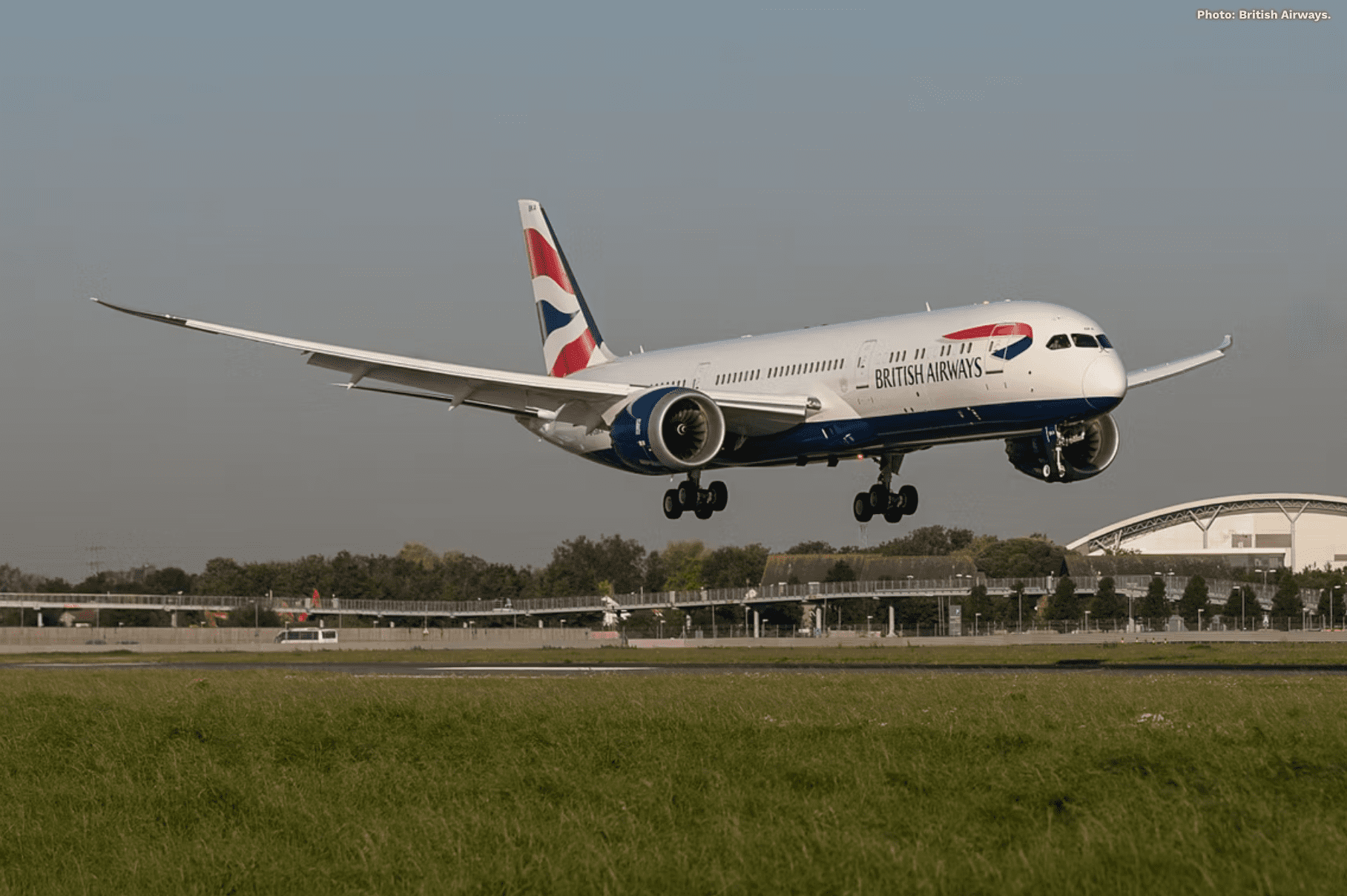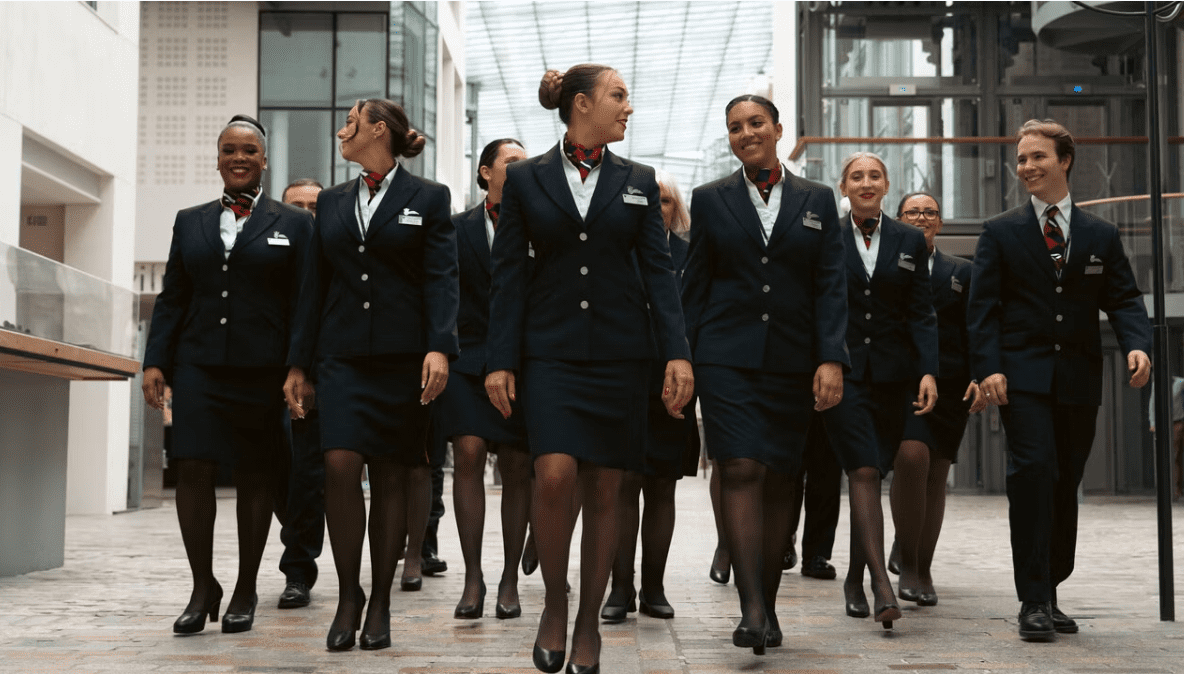Airlines have to monitor costs constantly.

Today we will look at the most significant expenses involved in running an airline, and while it might seem like a lucrative endeavor, why have so many airlines failed? There is no doubt that running an airline is expensive, but it can still be a profitable business if done correctly.
Even the best-run airlines are subject to things they cannot control, as was evident in the downturn in the number of people flying after the 9/11 terrorist attacks and the more recent COVID-19 pandemic. Assuming no external issues are at hand, airlines have set operating costs that include the following:
- Cost of buying or leasing aircraft
- Fuel
- Labor costs
- Catering
- Aircraft maintenance
- Airport ground handling charges
The cost of aircraft
Depending upon the plane, airlines can pay anywhere from nearly one hundred million for a Boeing 737 to around $300 million for a Boeing 787 Dreamliner. Many airlines do not have the funding to buy aircraft outright, so they opt to lease them from a third party.
Leasing is a complicated business, and leasing companies like to ensure they can regain their assets in the event of non-payment. Depending upon the lessor, leasing companies often demand that their aircraft are registered in a country whose laws work in their favor. An excellent example is the Italian national flag carrier Italia Trasporto Aereo (ITA).

Regarding employee pay, airline captains generally make the most, with a captain with ten years or more experience making over $100,000 annually. Next is the first officer’s pay, followed by flight attendants and ground staff. Aircraft mechanics are also high up on the pay scale, as are backroom logistics personnel.
The cost of fuel
The cost of jet fuel is a significant expense for airlines, accounting for 10% and 12% of all operating costs. Unlike all the other expenses, airlines are subject to fluctuating fuel costs and do their best to lock in prices. They buy what is known as fuel futures locking in a set cost for a period of time. If, during that time, the fuel cost goes up, the airline has done well. However, if the fuel cost goes down, airlines lose out as it is paying more than the market price.

Photo: British Petroleum
When the fuel price goes up, airlines try to compensate by raising the price of tickets. This then leads to a reduction in the number of people flying, forcing airlines to reduce the number of flights, and can leave airlines with more staff than they need.
When the price of oil spiked as it did in 2008 when it hit $147 a barrel, airlines were not prepared for the jump in price, forcing many to restructure to survive.
So as you can see, running an airline is not for the faint of heart, which is why some make it while others don’t.
Source: Simple Flying

Warning: Illegal string offset 'cookies' in /home/u623323914/domains/eng.bayviet.com.vn/public_html/wp-includes/comment-template.php on line 2564